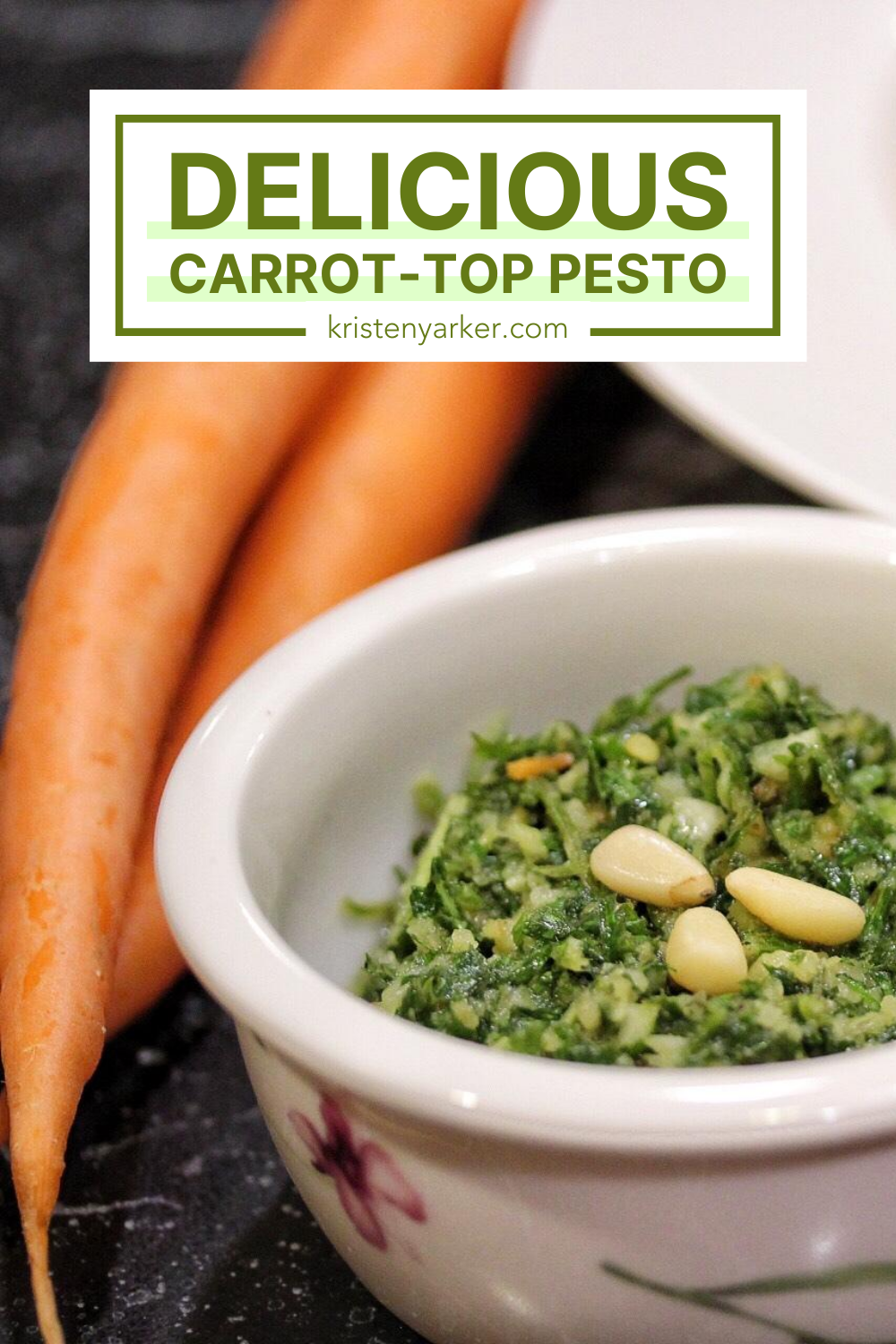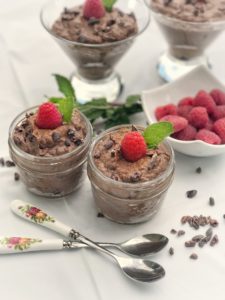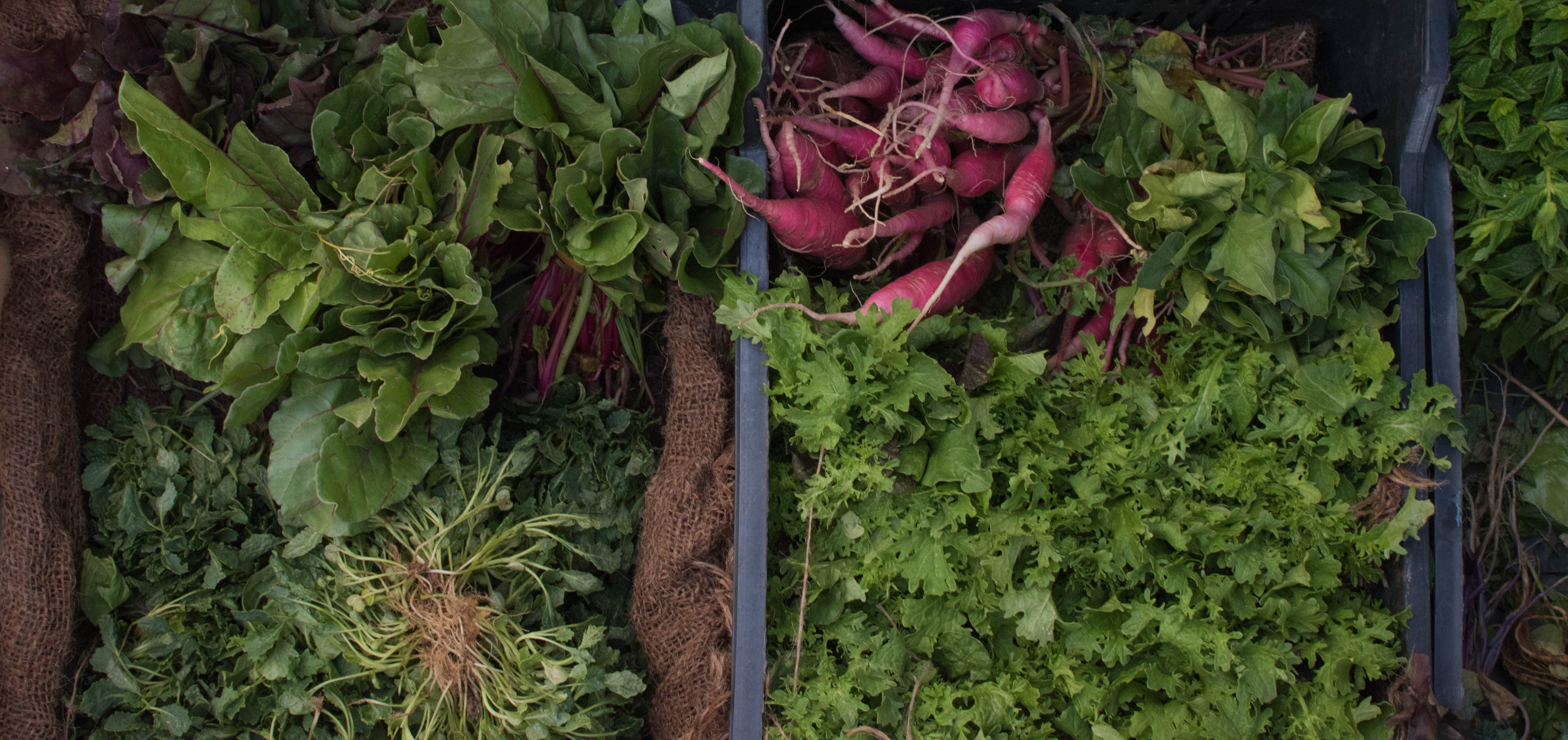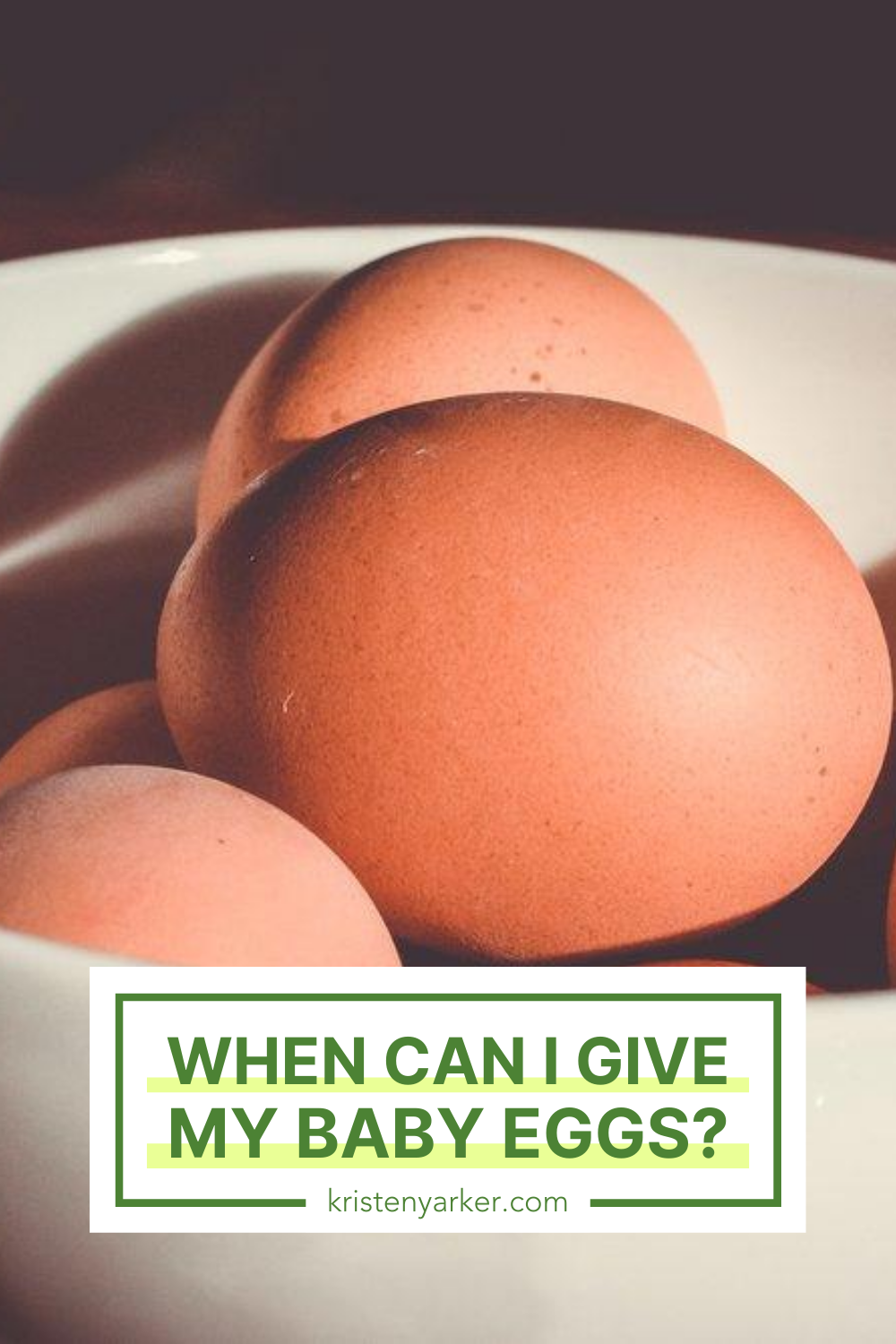It’s a new year and so it’s time for my annual post on 2017 food trends I love. I really am lucky that my work is my passion. I honestly don’t know if I’m working or ‘off the clock’ when I’m reading food magazines, browsing food blogs, shopping at farmers markets and grocery stores, and watching cooking shows. Regardless of whether I’m working or spending leisure time, being immersed in the nutrition and food-geek world, I see many, many a food trend. Lots of which make me cringe and I can’t wait until they pass. But others get me excited. Here’s the 2017 food trends I love. Enjoy!
Hot Produce: Fennel, Radish, Persimmons, Watermelon, Dragon Fruit
Now I don’t know if any of these trends will be strong enough to knock kale out of the King of Produce spot that it’s held on to for the last many years. But perhaps they’ll be strong enough to move Brussels Sprouts and cauliflower out of the spotlight (not that there’s anything wrong with Brussels sprouts and cauliflower).
I include these veggies and fruit trends on the list of food trends that I love because I hope that their trendiness will inspire you to break out of eating the same few veggies and fruit and try new things. And, overall, eat more veggies and fruit. Each vegetable and each fruit has a slightly different nutrient profile. Meaning that each one has a unique blend of vitamins, minerals, anti-oxidants, phytochemicals, fibre, fruit, and more that’s good for us that science hasn’t yet discovered. Every fruit and every vegetable is a healthy choice. And, the more variety you get, the better.
The dark shadow of the food trend is that people can get caught up in eating one particular food. Or, get worked up if their child doesn’t like one particular vegetable or fruit. But there’s nothing to get worked up about. Our bodies are amazing. We don’t need any one particular food in order to be healthy. We can meet our nutrition needs by eating a wide variety of foods. In fact, the wider the variety, the better. So use the food trend for good – as inspiration to try new foods. Or, to try new recipes for vegetables and fruit that are already familiar to you.
Looking for recipe inspiration? Check out my recipe ideas on Pinterest. So far, I have healthy recipe ideas for fennel and healthy recipe ideas for dragon fruit. Radish, persimmon, and watermelon will be coming later this year so stay tuned.
Ugly Produce
While I’m on the topic of vegetables and fruit, there’s another trend that has been gaining steam – ugly produce. This one is a win-win-win in my eyes – it encourages eating veggies and fruit (a nutrition win), encourages less food waste (environment win) and creates a new market for farmers (economic win). So what’s ‘ugly’ produce? It’s produce that is perfectly nutritious, but just doesn’t look perfect – in other words it’s ‘ugly’. For the last few generations who have done their grocery shopping at major grocery chains, the only produce that they’ve been exposed to are perfect-looking specimens. The hidden side of this fact is that a huge proportion of perfectly good vegetables and fruit are thrown out just because they don’t look perfect. But no more! Now, some major grocery chains are starting to carry ‘ugly’ produce. Farmers markets and farm-gate sales have long been where ugly produce is revered.
Buying ugly produce does require you to shift your perspective. You need to no longer judge a book by its cover (or a carrot by how straight it is). You need to be more tuned in to what’s in season, how food smells, how heavy it is, and firm/soft it is, to determine whether something is ‘good’ or not. But once you gain these new skills, it’s super easy. And, considering the win-win-win of ugly produce, you’ll likely see just how beautiful it really is. As they say, true beauty lies beneath the surface.
No Food Waste
How about a food trend that is good for the environment and saves you money? Sound too good to be true? Well that’s just what the ‘no food waste’ trend offers.
I’ve heard estimates that 40% of all food in North America is thrown in the garbage. What a huge negative environmental impact! We know that fresh water and agriculture land is under stress. Now think that almost half of what’s being grown is going to waste. It’s a tragedy.
The good news is that taking steps to solve this problem is really easy. And, it’ll save you money. One part of the solution is what I’ve described above – buying ugly produce. No longer demanding that every single piece of your produce be the equivalent of a supermodel.
The next part of the solution will save you money – buying less that you’ll throw away. This means meal planning. I’ve talked about the benefits of meal planning before. But another benefit is that you’ll buy less food that will go bad and end up in your green bin.
Got the first two solutions under your belt and now you’re ready to up your ‘no food waste’ game? The last solution also could technically fit under the meal planning title. It’s applying the nose-to-tail philosophy from meat eating to produce. In other words, including more creative recipes that use parts of the veggies/fruit that we usually throw away. Keep your eyes tuned because I’ll be sharing some recipes that I’ve been working on.
No Alcohol
Many people get a lot of pleasure out of their weekly glass of wine or an occasional cocktail. But the reality is that alcohol does have significant calories in it. Any calories that you drink, your body doesn’t recognize, and so you still eat the same number of calories as if you hadn’t drank anything. This can contribute to creeping weight gain over time. We also know that alcohol lowers inhibitions and so while sober you may not have ordered the extra large, fully loaded nachos, after a few drinks, you’re happily elbow-deep in a platter.
It is for these reasons that I love the ‘no alcohol’ trend. The trend includes people who choose to not drink any more. And, people choosing to take a temporary break from alcohol (e.g. dry January).
What’s a non-drinker to do? More and more restaurants are now including interesting, low sugar, alcohol-free drinks on their lists. Love it! As a non-drinker myself, I really appreciate this. Whether you’re choosing to not drink for a while, or you’re the designated driver, you’re no longer relegated to choosing between plain water or a sugar-laden (or artificial sugar-laden) pop. Kombucha is showing up in more and more grocery stores and on-tap at restaurants and pubs. I’m also seeing an explosion of low sugar, no artificial-sugar, sparkling waters/pops.
Overall, this ‘no alcohol’ trend is one that I’m hoping has staying power.






































